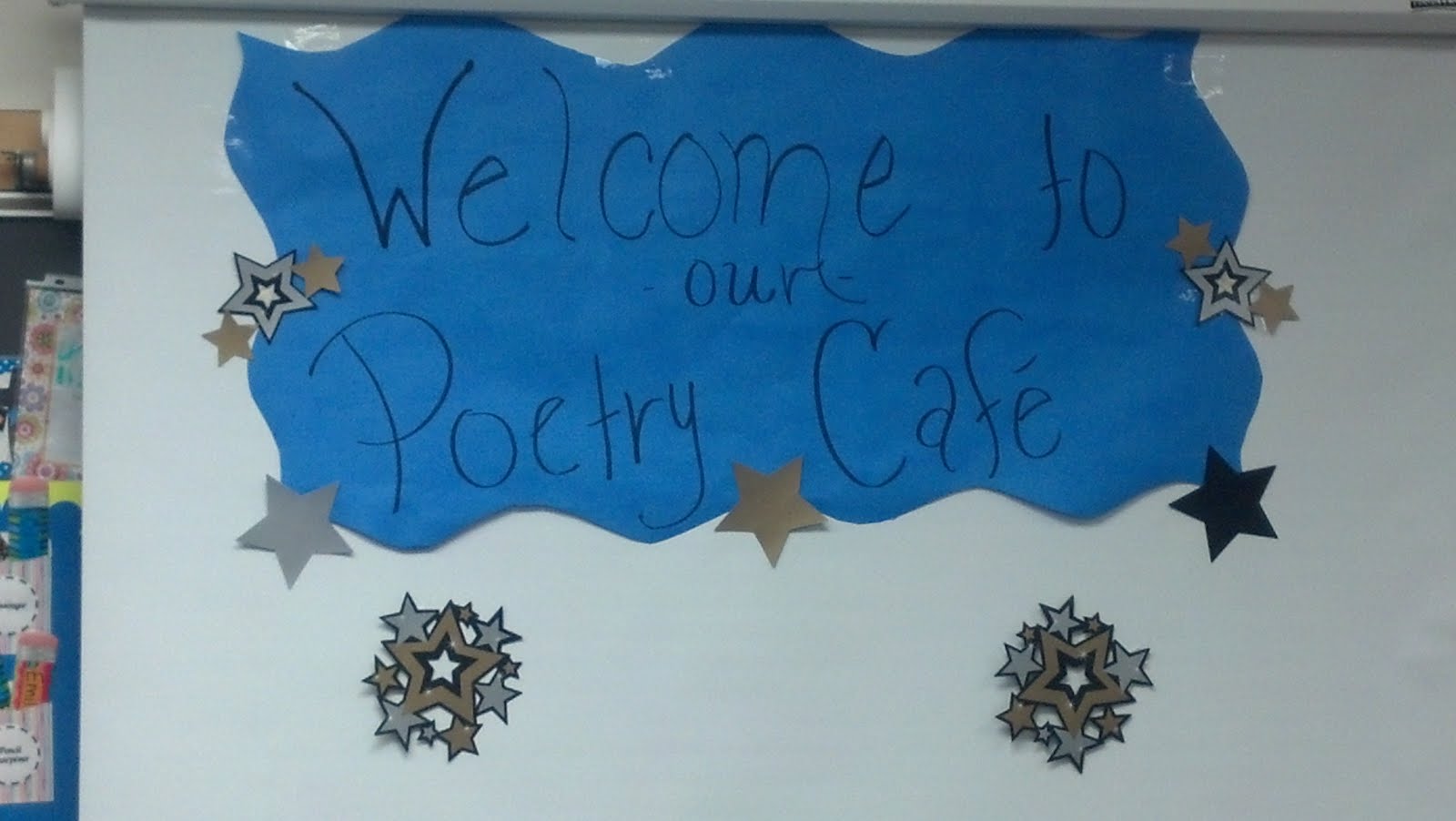Jeannine and I have discussed the first two sections of the book, poems about Laura Ingalls Wilder and Rose Wilder, and Madam C.J. Walker and her daughter A'Lelia. The third portion explores the relationship between Marie Curie and her daughter Irene.
4. In the Marie Curie and Irene Joliot-Curie section, there is a poem called “Between Gardens.” Irene is both fascinated by “the pale blue glow from bowls of crystals” and jealous of the attention her parents give their experiments.
How did you plan this series of poems to show Irene’s shift from resentment of her parents’ work, to becoming a Nobel Laureate for her own scientific work? I’m wondering about plotting with poetry.
The plotting with poetry was fun, as I began with that structure – here’s a daughter who won the same amazing award bestowed upon her mother – and wondered how she got there.
In Irène’s letters to her absent mother, her need for her reads like a scientific fact that she expresses clearly and directly. It’s a different tactic than the more typically feminine one her younger sister chooses, hoping to bring loved ones closer not by stating facts but through charm, clothing, music, and kindness bordering on self-sacrifice. As a child, Irène did resent her mother’s distance, but she never blamed her work.
In “Without School Bells,” I wrote about how Irène needs “to comprehend the laws of radiance, reflection, refraction./Every question and answer binds her/ to the one world her mother loves.”
So she became closer to, or maybe sought to understand, her mother through the science. Irene is the only daughter in your book with a sister. It's interesting how Curie's daughters (pictured with Curie below) used different coping skills to handle their mother's focus on her work.
5. How has working on this book – and now, seeing how readers respond to it – enriched you as a poet and writer? What did you learn in the process?
It’s opened up a world to me, and I’m grateful for every reader who’s found something in my words. I still tend to think of myself as more of a story-teller than a poet, and of course these poems are held together with narrative arcs.
The imagery and pace of poetry, the way I could choose over and over where to begin and end a section, and let that hold some power, seemed the best way to tell the stories of these women’s lives, leaving small clues about how they connected while taking their own particular courses. I like the process of building up, then taking away. Sorting through all the details of a life to find ones that seem to truly speak. Looking for, and making, patterns from the small things that might be found on a kitchen table or a porch.
Now I’m working hard – trimming, trimming, trimming, looking for the essential words that will show an era when writing began. I’m showing the surfaces of a different language, clothing, vehicles, religion, and politics, and drawing connections through the same sky and similar hearts.

It's quite an achievement. I also appreciate that you did not force comparisons between the three mother-daughter pairings. Instead, the reader creates his or her own threads of understanding among these three distinct stories.
Jeannine, thanks again for visiting. It's been great talking poetry with you!




2 comments:
It's always so much fun to read what poets/authors were thinking as they wrote their books. Thank you for this interview with Jeannine!
You are welcome. These interviews are a joy to do!
Post a Comment